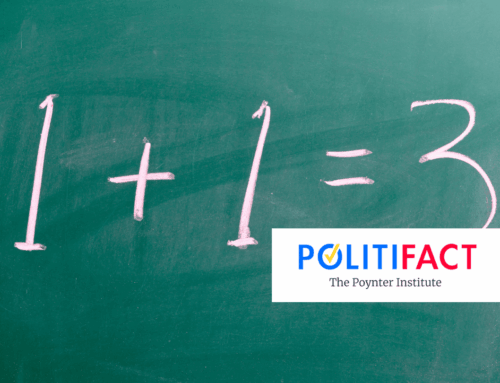The best and most important part of this deal is that the debt limit is suspended until 2025. Having another debt limit fight before the 2024 election would be an even bigger debacle than the current one. After this deal is signed, policymakers should endeavor to eliminate the debt limit.
Since our founding in 1995, Taxpayers for Common Sense has always supported raising the debt limit to pay for spending Congress has already approved and preserve the full faith and confidence in the Treasury. We saw the debt limit vote as an inflection point to talk about the fiscal trajectory of the country. No longer. The brinksmanship over the debt limit has gone too far and the risk of default has become all too real. For this reason, earlier this year TCS called for abolishing the debt limit.
At some point, Congress has approved all the spending that brought the country to the debt limit. The President is directed by law to spend what lawmakers approved and is also directed not to spend beyond a legislatively established debt limit. This puts different legislative actions at loggerheads and makes little sense.
Although a clean debt ceiling increase should have been approved. That said, there were several budget-related side deals negotiated as part of the so-called “Fiscal Responsibility Act of 2023” that the Congressional Budget Office estimates would reduce budget deficits by $1.5 trillion over the next ten years. There are enforceable statutory caps on discretionary spending for the next two years, after that there are aspirational limits for an additional four years, but Congress has proven to be adept at evading discretionary caps in the past. There are changes to SNAP (food stamps) that would increase work requirements with some exceptions, ironically CBO estimated these changes would increase the deficit by more than $2 billion over the next decade. Similarly, the CBO estimates that the misguided effort to cut some of the IRS funding provided in the IRA is actually going to increase deficits by nearly $1 billion over the next decade.
Getting the nation’s fiscal house in order isn’t calling for a cut of some arbitrary level of spending or refusing to authorize an increase in the debt limit. Instead, it is laying out the policy prescriptions that will be necessary, making a case for them to the American people, hashing it out through a public debate, and enacting the changes into law. It’s not easy, but it’s the job every lawmaker volunteered for when they ran for office. So let’s get to work.









